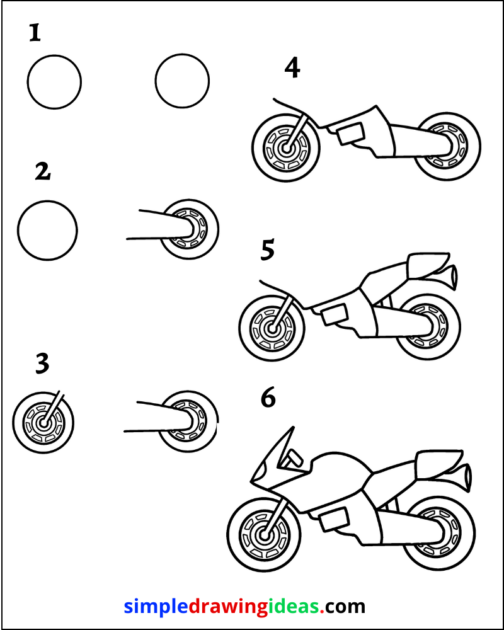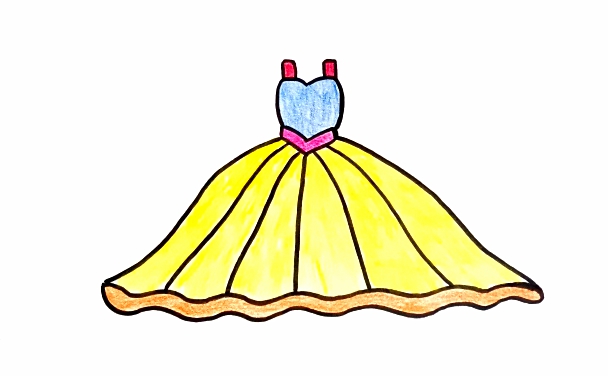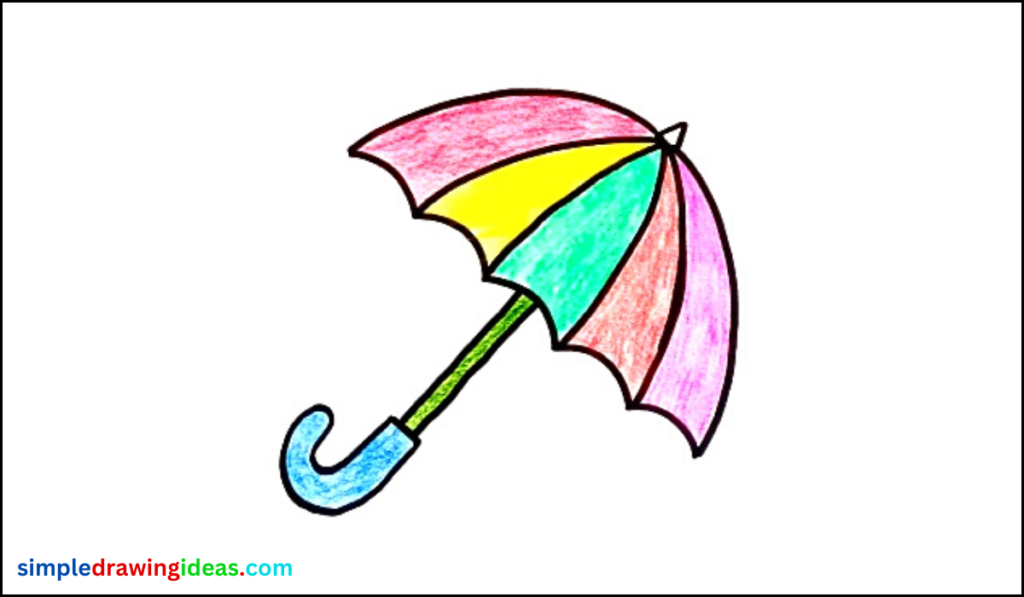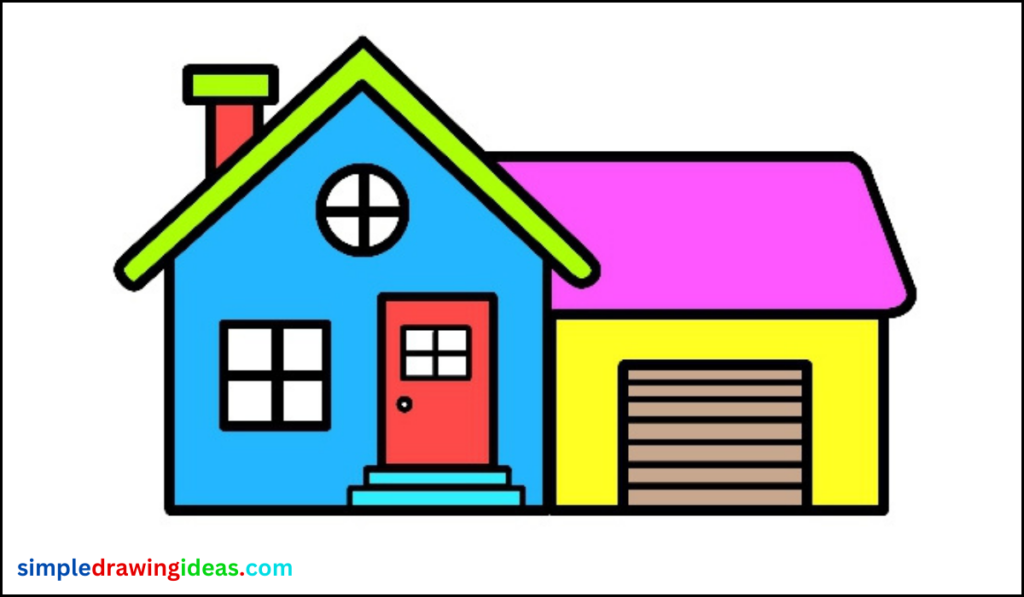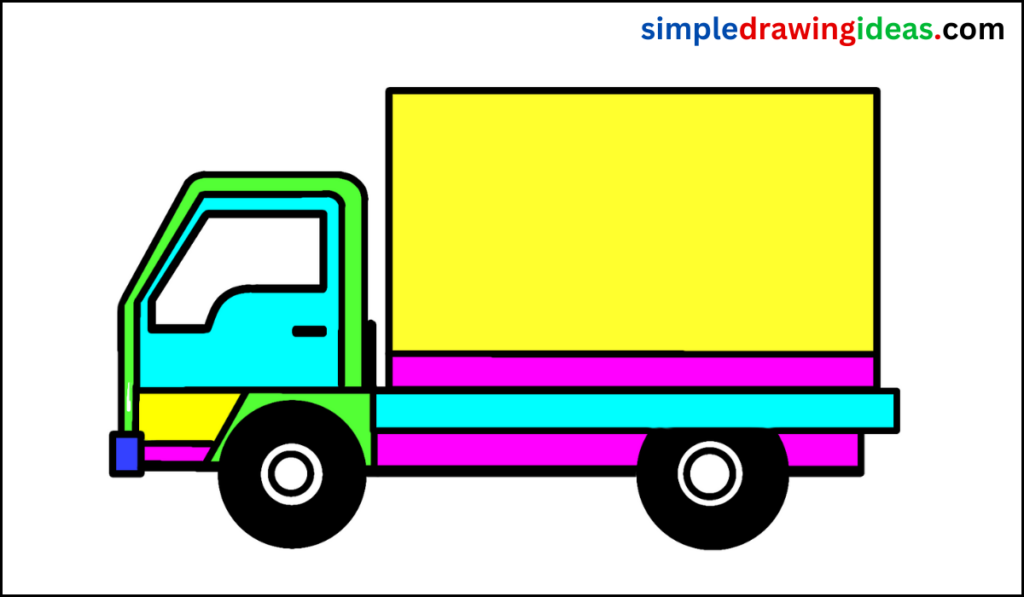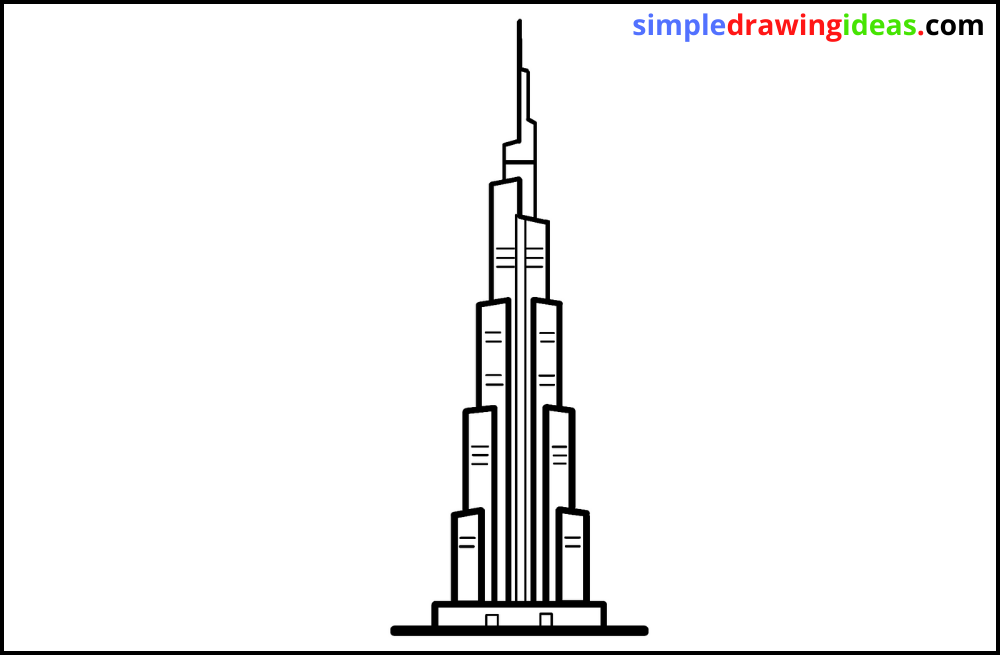In this drawing lesson, you will learn How to draw a motorcycle step by step.
This simple instruction will consist of six steps.
For more drawing videos, you can visit my youtube channel: Easy Drawings.
Drawing a motorcycle can be a great way to express your creativity and explore your artistic side.
It is an excellent method to show your creativity and develop your creativity.
This guide will provide a step-by-step process for drawing a motorcycle, suitable for artists of all levels, whether experienced or beginners.
From creating a rough sketch to adding final details and color, these tips will help you bring your motorcycle illustration to life.
Whether you want to draw a realistic or stylized motorcycle, the process of drawing will improve your skill and creativity.
Understanding the fundamental principles of proportion, perspective, and shading will also enhance your overall drawing abilities.
So, get ready to embark on the exciting journey of motorcycle drawing.
Grab your pencil and sketchbook and follow along as we guide you through the steps of creating your own motorcycle illustration.
How to draw a motorcycle step by step
Materials
- Pencil
- Paper
- Eraser
- Coloring supplies
Time needed: 15 minutes.
STEP 1
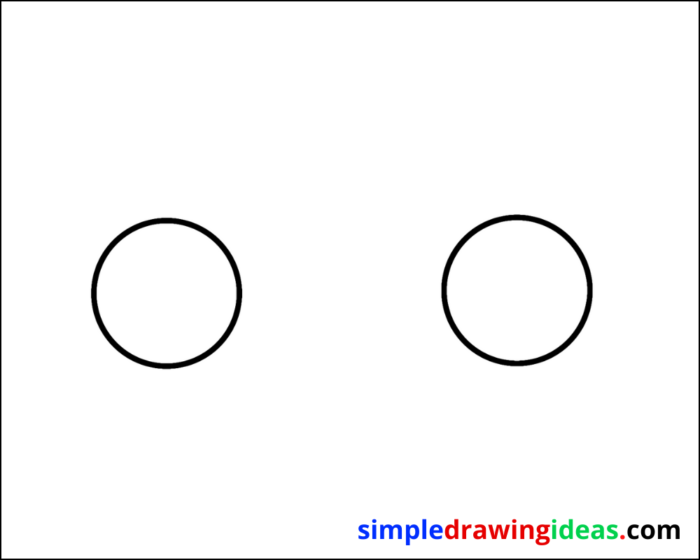
Create the motorcycle wheels by drawing two circles, one at the front and one at the back of the motorcycle.
STEP 2

Add the wheel rims by sketching smaller circles inside the previously drawn wheels.
STEP 3
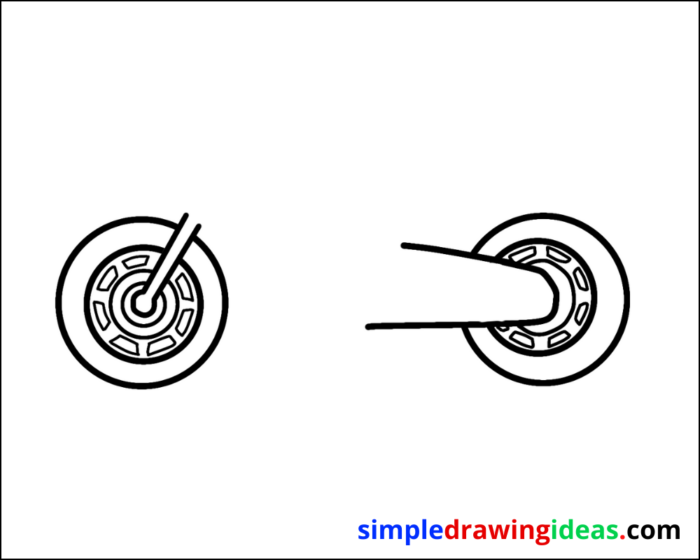
add more detail like a picture
STEP 4

Begin the motorcycle drawing by creating the seat by sketching two curved lines.
STEP 5
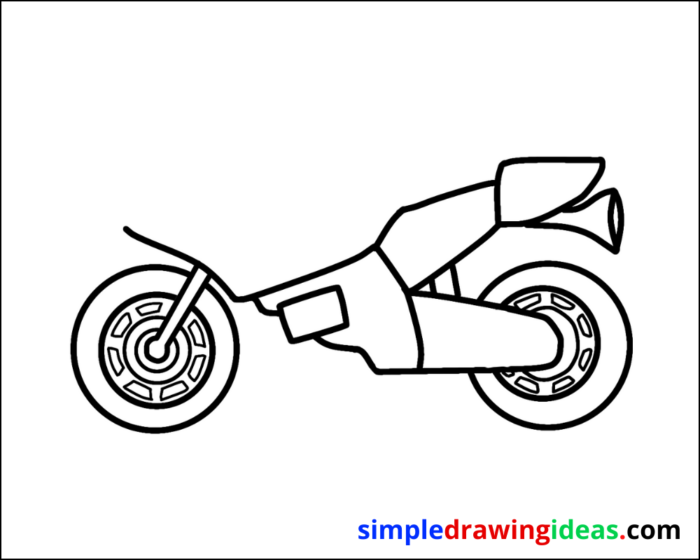
Draw a chair the motorcycle
STEP 6

Depict the wheel rims by sketching smaller circles inside the previously drawn wheels.
How do you properly ride a motorcycle?
To properly ride a motorcycle, follow these steps:
Get the proper training and obtain a motorcycle license.
Wear the appropriate safety gear, including a helmet, gloves, boots, and protective clothing.
Do a pre-ride check to ensure the motorcycle is in good working condition.
Mount the motorcycle and sit in the proper riding position, with both feet on the foot pegs and hands on the handlebars.
Start the engine and engage the clutch while shifting into first gear.
Accelerate smoothly, while keeping a firm grip on the handlebars and maintaining balance.
Brake smoothly and progressively, using both the front and rear brakes.
Shift gears smoothly, without sudden movements or jerks.
Scan ahead, checking for potential hazards, traffic, and road conditions.
Always maintain a safe following distance and be aware of other drivers on the road.
Use proper hand signals when turning or changing lanes.
Always park in a safe and legal area, and turn off the engine.
Remember, motorcycle riding requires skill, practice, and attention to road conditions and traffic. Always be aware of your surroundings and prioritize your own safety and the safety of others.
What factors should you consider when buying a motorcycle?
When buying a motorcycle, consider the following factors:
Purpose: What will you use the motorcycle for (commuting, touring, sport riding, etc.)
Budget: Determine how much you can afford to spend and stick to it.
Engine size and type: Choose the engine size and type (two-stroke, four-stroke, etc.) that suits your riding needs and preferences.
Riding style: Consider your riding style (sporty, touring, cruiser, etc.) when choosing a motorcycle.
Power and handling: Determine the level of power and handling you require, based on your riding experience and skill level.
Size and weight: Consider the size and weight of the motorcycle, and make sure you feel comfortable and in control.
Brakes and suspension: Check the quality of the brakes and suspension, and make sure they meet your safety and performance standards.
Features and accessories: Look for features and accessories that suit your needs, such as storage space, GPS, and audio systems.
Reliability and maintenance: Research the reliability and maintenance requirements of the motorcycle, and choose one that fits your budget and needs.
Brand reputation: Consider the brand reputation of the motorcycle, and choose a brand with a proven track record of quality and reliability.
Test ride: Take the motorcycle for a test ride to experience the handling, power, and comfort for yourself.
Buying a motorcycle is a big decision, so make sure you consider all of these factors and choose a motorcycle that meets your needs, budget, and preferences.
What is the difference between a two-stroke and four-stroke motorcycle engine?
A two-stroke engine completes a power cycle with two strokes of the piston, whereas a four-stroke engine requires four strokes.
In a two-stroke engine, the intake and exhaust functions are performed during the same stroke, which results in a lighter and more compact engine. Two-stroke engines are typically less efficient but are capable of producing more power for their size. They are commonly used in smaller, sportier motorcycles.
A four-stroke engine, on the other hand, separates the intake and exhaust strokes, which results in a smoother and more consistent power delivery. Four-stroke engines are typically larger and heavier, but are also more efficient and produce less pollution. They are commonly used in larger, touring, or cruiser motorcycles.
When choosing between a two-stroke or four-stroke engine, consider your riding style, preferences, and the type of motorcycle you want.
How do I sketch the wheels and wheel rims of a motorcycle?
To sketch the wheels and wheel rims of a motorcycle, start by drawing two circles,
one at the front and one at the back of the motorcycle, to represent the tires. Then, inside each tire,
draw a smaller circle to represent the rim.
Pay attention to the size and spacing of the circles to ensure the wheels look proportionate to the rest of the motorcycle.
You can also add a small spoke pattern in the center of the rim to give it more detail.
Remember to keep your lines light and loose at first, as you can always darken or refine them later in the drawing process.
Conclusion
In conclusion, drawing a motorcycle can be a fun and rewarding experience for artists of all levels.
By following a step-by-step process and paying attention to key details
such as the wheels and wheel rims, body, exhaust and engine, and rider, you can create a realistic and dynamic illustration.
Remember to keep your lines loose and take your time, and don’t be afraid to experiment and try new things as you continue to develop your skills. Happy drawing!
More videos:
Keywords:
how to draw, drawing, easy drawing, learn to draw, simple drawing ideas, simple drawing, drawing ideas,
things to draw, stuff to draw, how to draw a motorcycle, motorcycle drawing,
easy motorcycle drawing, how to draw a motorcycle step by step.
